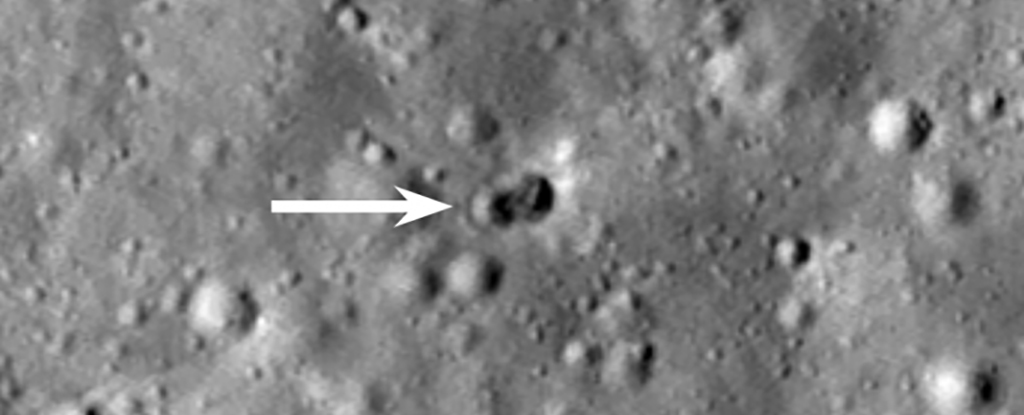Researchers confirm object that hit the Moon on 4 May 2022 and unveil why it caused two craters on the lunar surface. The Long March 3C rocket from China’s 2014 Chang’e 5-T1 mission, initially an unidentified object, was discovered to be the crash-landing culprit by engineers-turned-detectives from the University of Arizona. They claimed that an unacknowledged payload from the China National Space Administration (CNSA) led to the creation of the twin craters.
Given that the craters are on the far side of the Moon, which is permanently out of Earth’s view, further study will be challenging. The team’s research involved tracking the rocket’s path and analyzing its movement and light reflection before the collision to gain insight into its identity and payload. Slow tumbling through space suggests that a secondary mass acted as a counterbalance to the engines on one side of the rocket. However, the CSNA has remained silent about the extra payload, asserting that it is not their rocket. This lack of information leads researchers and engineers to struggle with the uncertainty of a potential growing space debris problem.
Concerned with the increasing space junk risk to satellites and the International Space Station, the investigators behind this research emphasize the necessity for rigorous monitoring of any objects launched into space. Roberto Furfaro, a mechanical engineer at the University of Arizona, stresses the importance of understanding the behavior of these objects once they reach their targeted destinations.
The full research findings are detailed in the Planetary Science Journal.


